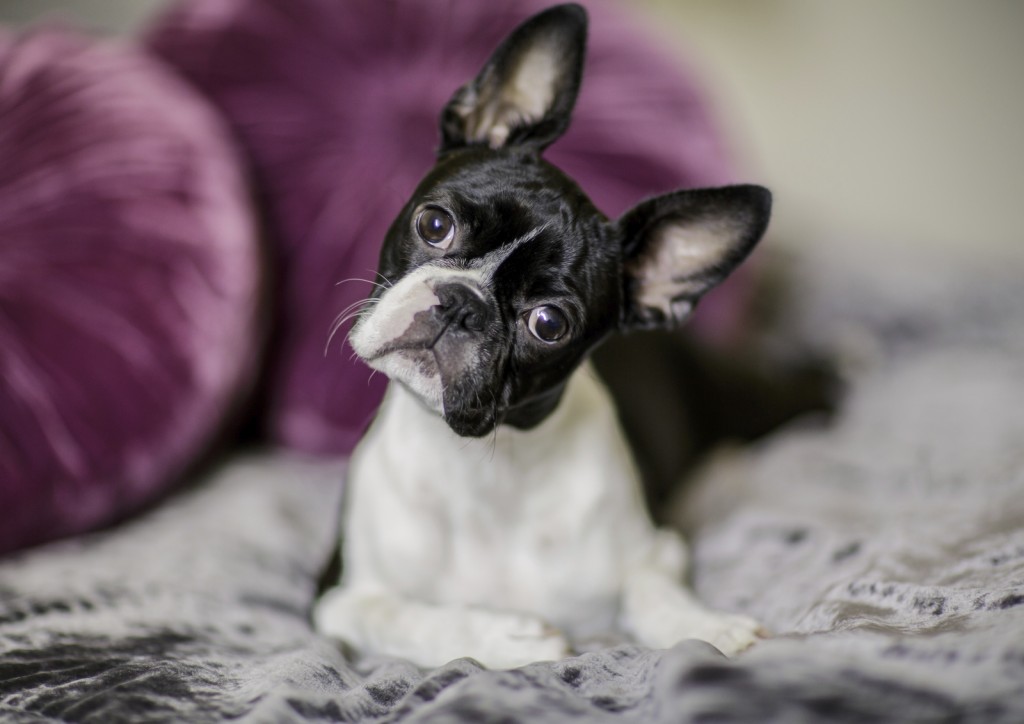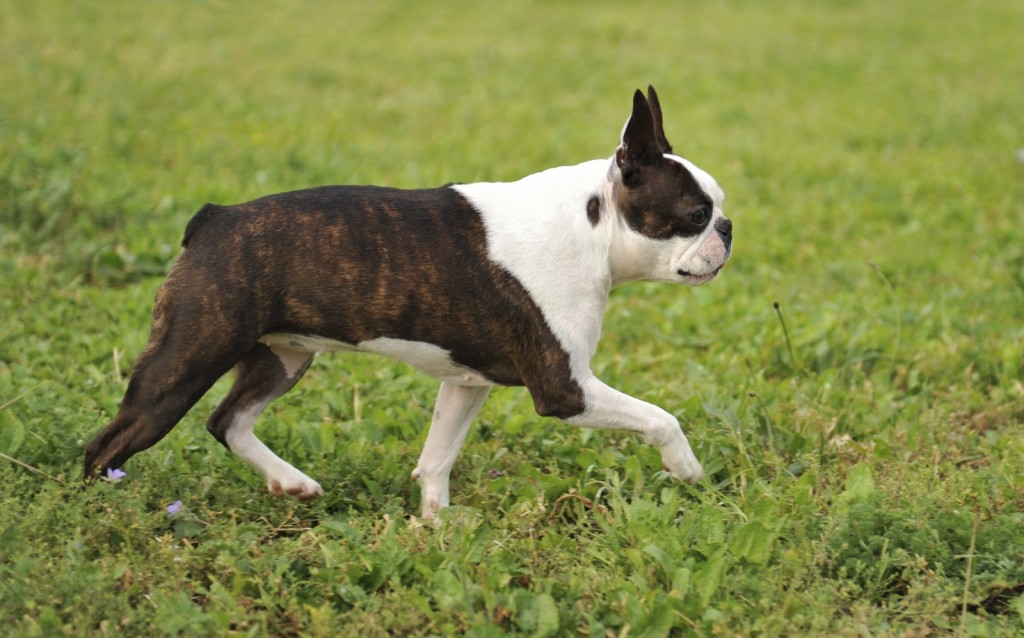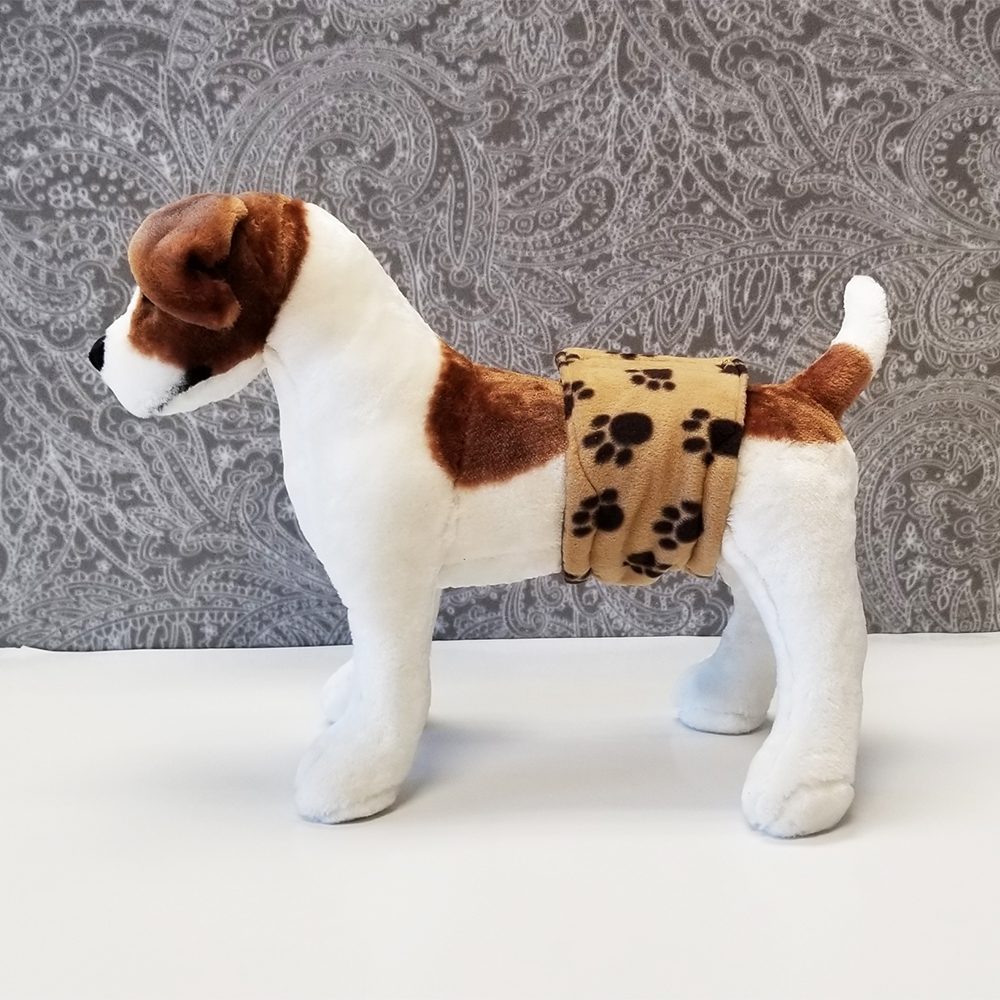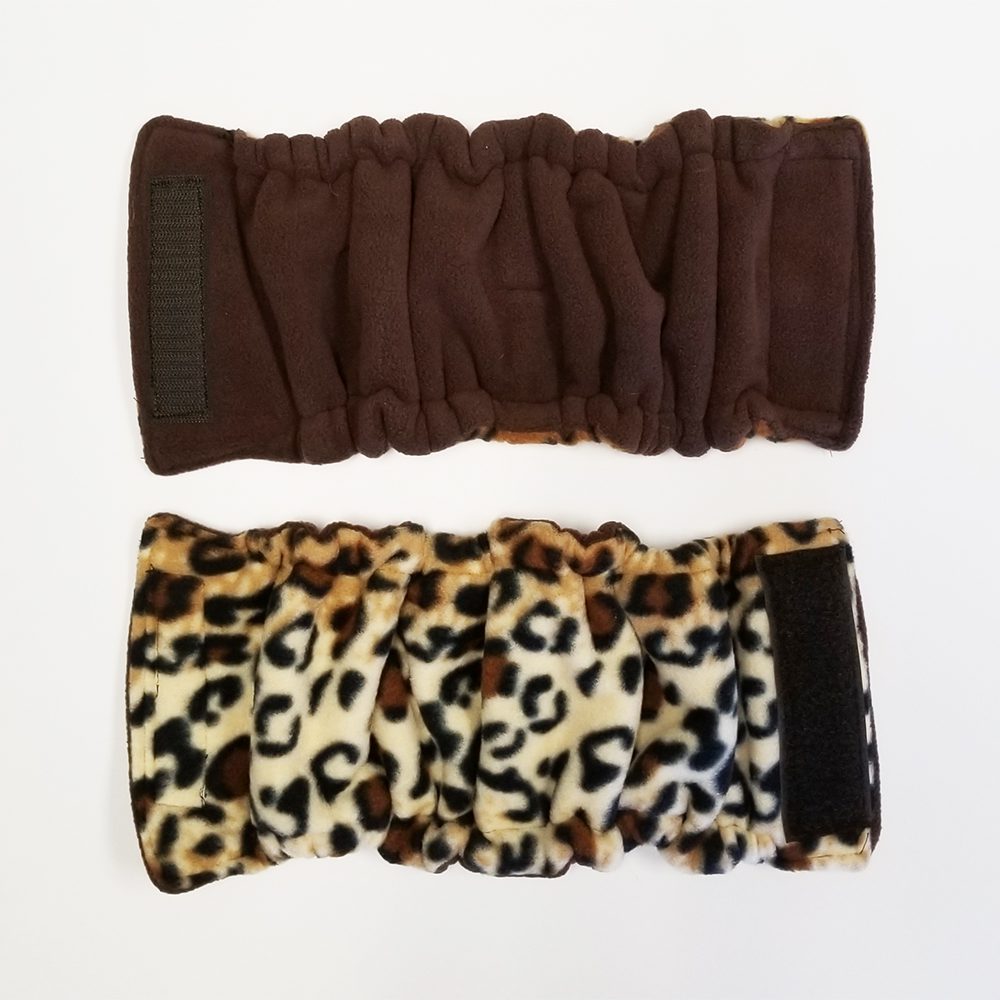Boston Terrier

Boston Terrier: The American Gentleman of the Dog World
Welcome to the comprehensive guide on the Boston Terrier, affectionately known as the “American Gentleman” for its dapper appearance and amiable temperament. This page explores the endearing qualities and care of the Boston Terrier, a breed renowned for its friendly nature and distinctive tuxedo-like coat.
Overview
AKC Height: 15-17 inches
AKC Weight: 12-25 pounds
Colors: Brindle, seal, or black with white markings.
Life Expectancy: 11-13 years
Group: Non-Sporting Group
_______________________________________

Physical Characteristics
- Distinctive Markings: Boston Terriers are known for their black and white “tuxedo” coat, although they can also be brindle or seal with white.
- Compact and Muscular Build: They are small but sturdy, with a balanced and muscular physique, characteristic of their terrier heritage.
Temperament and Personality
Boston Terriers are lively, intelligent, and affectionate. Known for their gentle, sociable nature, they make excellent companions for families and individuals alike. Their friendly disposition also makes them great with children and other pets.
Training and Exercise Needs
- Training: They are eager to please and respond well to positive, gentle training methods. Early socialization and consistent training are beneficial.
- Exercise: Moderate exercise is sufficient for Boston Terriers. Daily walks and playtime help keep them healthy and happy.
- Mental Stimulation: Engaging their minds with interactive toys and games is important for their overall well-being.
Health and Nutrition
- Diet: A balanced diet appropriate for small breeds is crucial. Regular vet consultations can help maintain their health.
- Health Issues: Generally a healthy breed, Borzois can develop brachycephalic syndrome, megaesophagus, patella luxation, cherry, cataracts, glaucoma. Regular health screenings are important. Dog Health Dictionary
Grooming and Care
- Coat Care: Their short coat is low-maintenance, requiring only regular brushing to keep it clean and shiny.
- General Care: Due to their brachycephalic nature, special attention should be given to their respiratory and eye health.
Living with a Boston Terrier
- Family Life: They are adaptable and can thrive in both apartments and houses. Their friendly nature makes them great companions for all types of households.
- Adaptability: They are well-suited to various living environments; however, they should be protected from extreme weather conditions due to their short muzzles.
- Companionship: Boston Terriers are known for their strong attachment to their families, and they enjoy being involved in family activities.
Responsible Ownership and Adoption
- Choosing a Breeder: Select breeders who prioritize health and temperament and provide health clearances.
- Adoption Options: Adoption from shelters or breed-specific rescues is a commendable choice, providing a home to a Boston Terrier in need.
.
Conclusion: The Boston Terrier, with its charming personality, compact size, and distinctive appearance, is a beloved breed, ideal for those seeking a sociable and affectionate canine companion. Their adaptability and easy-going nature make them a popular choice for many dog lovers.
Housebreaking
PUPPY HOUSEBREAKING tips: https://www.dog-breeds.net/puppy-housebreaking/
ADULT MARKING AND RETRAINING tips: https://www.dog-breeds.net/dog-housebreaking-marking-page/



